When LoanLogic’s senior vice president of industry relations and consulting, Les Parker, starts blogging about volatility, it pays off for real estate investors to listen. “This year is shaping up as a year of volatility,” he observed, going on to predict that loan originations would plunge “as interest rates rise in response to $1 trillion reductions in asset purchases by central banks.” He went on to compare 2018 to 1994, at least as far as mortgage bankers are concerned, basically warning that when interest rates rise, as most analysts agree they must continue to do in 2018, the home lending industry will experience some substantial tremors.
Interestingly, Parker went on to described mortgage servicers as “already under distress,” which may surprise some investors who are accustomed to thinking of the national housing market and related industries as solidly “in the black” at present. However, servicers in particular, who rely on the creation of new home loans in order to stay in business, are feeling the strain of limited inventory because there are not as many buyers taking out loans. Parker predicted that the issue could provide opportunities for investors looking “to buy at very good levels,” and added that “dislocation and illiquidity” will plague the mortgage lending industry in 2018 because existing regulations under Dodd Frank and other lending laws, tend to magnify when the market becomes volatile.
Lender Concerns for 2018
It appears that many mortgage lenders are feeling some concern about 2018 as well. According to the American Enterprise Institute (AEI)’s International Center on Housing Risk, although lenders are still lending at conservative levels, “growth in demand continues to be too reliant on further agency credit easing.” The analysts added, “Given the strengthening seller’s market, which has now reached historic proportions, further credit easing is easily capitalized into higher home prices.”
Edward Pinto, AEI coordinator of Housing Markets and Finance, warned that homes on the “lower end of the market” will see price increases more magnified by buyer demand than in other markets. This sector of the market is also the most susceptible to having issues getting traditional financing on a home and with raising a down payment, since it is comprised largely of first-time homebuyers who will not have the advantage of a home sale to help with the down payment on the home. “There will be even more risk as borrowers, especially first-time buyers, are forced to take on more leverage to buy,” AEI analysts concluded.
Real estate investors can become problem-solvers in this area of the market in several ways. First, the retail fix-and-flip market is likely to remain strong overall, although it will be important to watch your local market carefully to make sure that your target buyers can afford your renovated properties (or that you have alternative purchase options in place, such as seller-financing, private mortgage loans, or lease-purchase options, to name a few). Secondly, investors who already own rental properties in this sector may opt to create private mortgage notes or upgrade the properties to retail levels to charge higher rents and attract would-be buyers who find the mortgage process too demanding or intimidating.
Investor Insight: Issues in the mortgage industry are likely to create new opportunities for savvy, opportunity-conscious real estate investors.






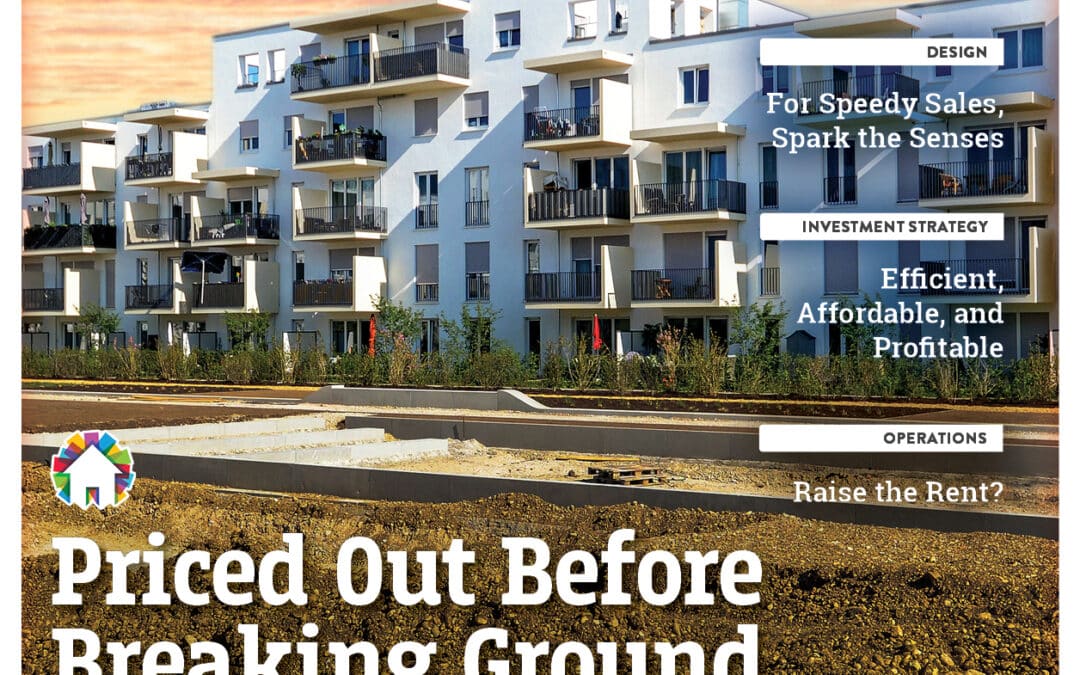



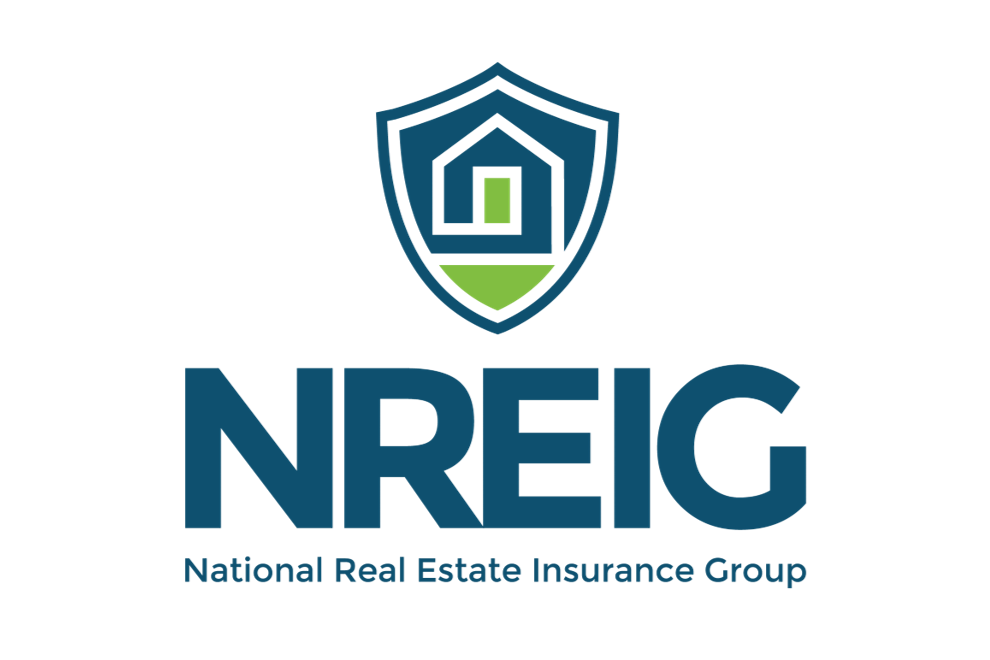


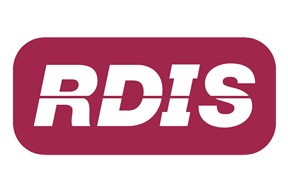
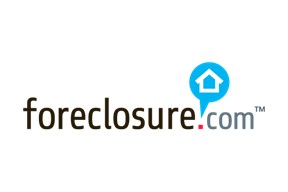

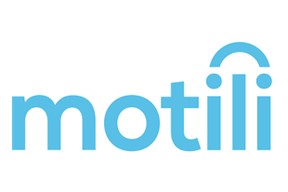


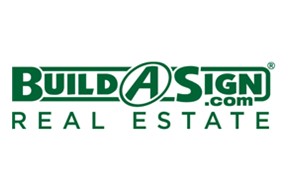


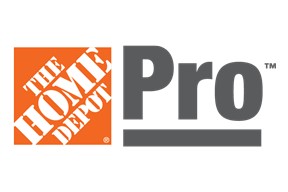

0 Comments